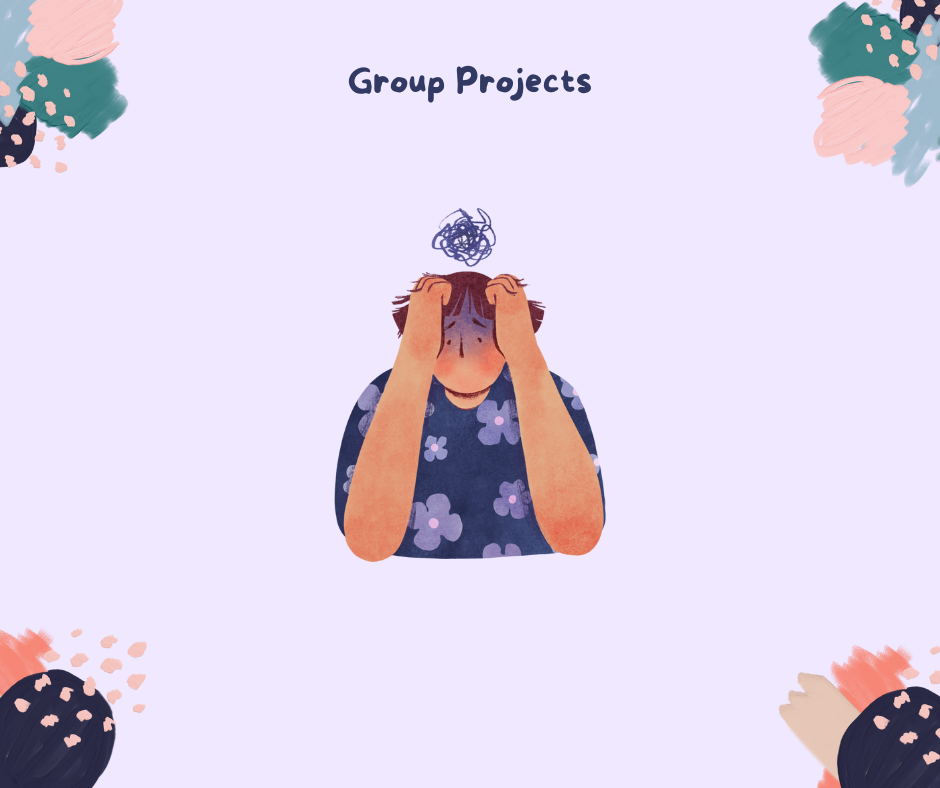APM: On Thursday, October 5, the New York Times released an expose on Harvey Weinstein, a movie industry titan, detailing the accounts of several major Hollywood actresses’ experiences with sexual assault during their professional encounters. In the weeks following the publishing of the article, a deluge of actresses and other film professionals came forward echoing experiences of a culture of silence and abuse within the upper echelons of the entertainment world.
ACB: Most alarmingly, a number of these accounts were not just recently surfacing, but rather resurfacing from allegations made in the past that had failed to draw any media attention. Actresses like Asia Argento have been voicing complaints for sometimes years only to be brushed aside by the media and the industry.
APM: Many individuals and organizations have been quick to distance themselves from association with Weinstein, but the history of the industry is much more telling than their public response. This scandal has forced executives to publicly concede a history of dehumanizing ordeals perpetrated or experienced by the individuals responsible for some of the greatest cinematic pieces in the modern film canon. This dichotomy between art and evil leads us to the question for our conversation: Is it possible to separate art from an artist or a product from its creator?
ACB: The scope of the events is unprecedented: while controversy surrounding the Hollywood elite is certainly not rare by any stretch of the imagination, for a man like Weinstein to be targeted changes the way we can address these issues. Just to put this into perspective, a Letterboxd user has compiled a list of every film Weinstein has either edited, produced or distributed. This 715-film list makes it almost impossible to completely abstain from interacting with his work because to do so would require you to exclude some of the most influential modern pieces.
APM: Whether for good or for bad, capitalism is the engine that drives trends and dictates behavior. So while these films may have extraordinary artistic value, supporting them as consumers could have meant complicity with a system of exploitation. A major factor of Weinstein’s protection from serious harm in the past, and even continued support currently by actors such as Matt Damon and Brad Pitt, was his status as a financial juggernaut in cinema. Is it wrong to support art that profiteers from misconduct behind the scenes?
ACB: That’s the eternal struggle, isn’t it? On one hand, there are some works that are so brilliant that avoiding them feels impossible, especially if you are an avid consumer of the genre. On the other hand, can you completely overlook the auteur in this context? I struggle to make a definitive decision as to whether or not art can be created outside of the creator. The key to successful art often seems to be direct emotional involvement with the piece from the artist. Art and film are such personal subjects that to just ignore artist involvement would be impossible. While the producer’s impact may be far lesser than that of a director or writer, Weinstein’s impact is insidious. His voice is hidden in how films are cut, financed, written and directed — even in places we wouldn’t normally expect.
APM: I absolutely agree. Producers of Weinstein’s level set the cultural tone for an entire nation when his products are consumed in such a high volume. For example, casting choices and diversity of representation change the public dialogue. Media influences how we think, feel and even create worldviews. To know men of his moral and artistic integrity control our film diet is troubling, and an influence of which we need to be critical and conscious.
ACB: Definitely, critical consumption in this context is integral to ethical dialogues.
APM: It is difficult to reconcile the morality of the voice behind the art with the voice of the art itself. One of my favorite films, “Midnight in Paris” is a creation of another morally objectionable icon: Woody Allen. His anthology of films is an iconic body of work, but his sex abuse scandals have largely gone unpunished because of his legendary success as a director. When I watch his pieces now, I try consider how his personal philosophies manifest in the characters. Appreciation may still be possible if accompanied with consciousness of its heinous source. What’s troubling is that Hollywood appeases figures of his status, and Allen continues to create even after his transgressions. Just a few days after the allegations, he expressed sympathy for Weinstein and suggested that his colleague’s exposure will lead to “a witch hunt.” Although we may acknowledge the merit of artistic products of their professional past, the reaffirmation of these individuals with production deals, false clemency and exoneration through blind celebration is unforgivable. It is possible — and necessary — to create meaningful compositions without the dehumanization of others.
ACB: Because of Allen’s significance in Hollywood, the industry will continue to finance his work, and actors and actresses still scramble to appear in his films. To appear in a Woody Allen piece is the measure of success to which many actors and actresses still ascribe. Thus, even “Hollywood activists” like Ellen Page, Joaquin Phoenix, Jesse Eisenberg and Marion Cotillard will sacrifice the values they proclaim to hold in order to gain entrance into the coveted club. Even if this trend is understandable on some level, its existence is a depressing reminder of the nature of Hollywood. Beyond Allen, even for directors like Roman Polanski, Alfred Hitchcock and Mel Gibson, who have had larger scandals revolving around their actions, the repercussions seem hollow. For example, at the time of Polanski’s trial for the rape of a 13-year-old girl, over 100 members of the global film community signed a petition to release him, including major actors and directors like Martin Scorsese, Wes Anderson, Wong kar Wai, and Tilda Swinton. Despite being chased out of the United States for his actions, Polanski is still pre-production on a new film with an all-star cast.
APM: It’s even worth noting that the cinematic governing bodies’ reaction to the Weinstein abuse is markedly different from similar issues in the past. In a rare occurrence, the producer was ousted from the Academy of Motion Picture Arts & Sciences because of overwhelming public outcry, compared to near silence on other major scandals such as Mel Gibson’s domestic abuse, and anti-semitic and racist tirades. While the scale of infractions committed by Hollywood’s elite varies, the response is consistently to protect the institution by defending the prestige of its entrenched powers. The internal industry response to the public exposure of Weinstein’s crimes is better than usual, but justice may have been helped by the easily distasteful nature of the man: an ostentatiously wealthy elite without the artistic romanticization of an actor or director.
ACB: That’s an important point that hasn’t often been made. Weinstein even looks like the perfect caricature of the ideal evil businessman: beady eyes, intimidating stature and permanent sneer. It’s almost like you can see the cartoon money-signs in his eyes from an old cartoon.
APM: After delivering justice to the villain, we can’t forget to recognize the victim’s recovery. Having these experiences of delegitimization in an industry already dominated by the male lens is damaging.
ACB: Reducing the narratives of actresses like Tippi Hedren and Maria Schneider to merely names on a list of the collateral damage behind classic works of art is not only disrespectful but incredibly damaging to the ethicality of the medium entirely.
APM: The philosophical questions raised by the Weinstein scandal are imperative to understanding our culture and ethos as a country through the microcosm of Hollywood morality. The events of the past two weeks challenge our conception of art, cinema, professional equity and institutionalized imbalances of power and influence.
APM and ACB: Thanks for joining us for the Shield’s inaugural roundtable!










Collin Kuebrich • Oct 26, 2017 at 8:43 am
Great research & in-depth description. Lots of good details and information. Hard topic to work with, well handeled.